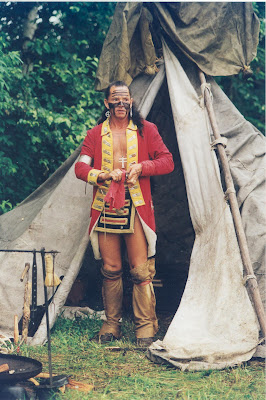 Governor Jim Douglas has appointed nine new members of the Vermont Commission on Native American Affairs, the first step in establishing a program for state recognition of Native American tribes in Vermont.
Governor Jim Douglas has appointed nine new members of the Vermont Commission on Native American Affairs, the first step in establishing a program for state recognition of Native American tribes in Vermont.
A new law that set up the recognition process revised the makeup of the panel and increased the number of members on the commission from seven to nine, and also imposed a Vermont residency requirement for the first time.
“These new members of the Native American Commission represent a broad cross-section of Native American communities and geography, and will bring a fresh perspective to the task at hand,” said Giovanna Peebles, State Historic Preservation Officer and director of the Vermont Division for Historic Preservation.
The new law, passed this spring by the Legislature, requires that eligible applicants must have lived in Vermont for a minimum of three years and said that appointments should “reflect a diversity of affiliations and geographic locations in Vermont.”
Governor Douglas appointed the following members:
* Melody Walker Brook, Jeffersonville
* Shirly Hook-Therrien, Braintree
* Dawn Macie, Rutland
* David Vanslette, Swanton
* Takara Matthews, Richmond
* Fred W. Wiseman, Newport
* Charlene McManis, Worcester
* Luke Willard, Brownington
* Nathan Pero, West Fairlee
The VCNAA will implement the new process for recognizing Native American tribes in Vermont that includes review by the commission, an independent review committee of experts, and approval by the legislature.
“In addition to acknowledging their heritage, state recognition will allow Native Americans in Vermont who make and sell traditional crafts to be labeled as Indian- or Native American-made, an important distinction for those who purchase such items,” Peebles said.
Under the new law, creation of the Commission, “helps recognize the historic and cultural contributions of Native Americans to Vermont, to protect and strengthen their heritage, and to address their needs in state policy, programs, and actions.”
To learn more, please visit the Vermont Division for Historic Preservation website at www.historicvermont.org or the VCNAA website at http://vcnaa.vermont.gov/








